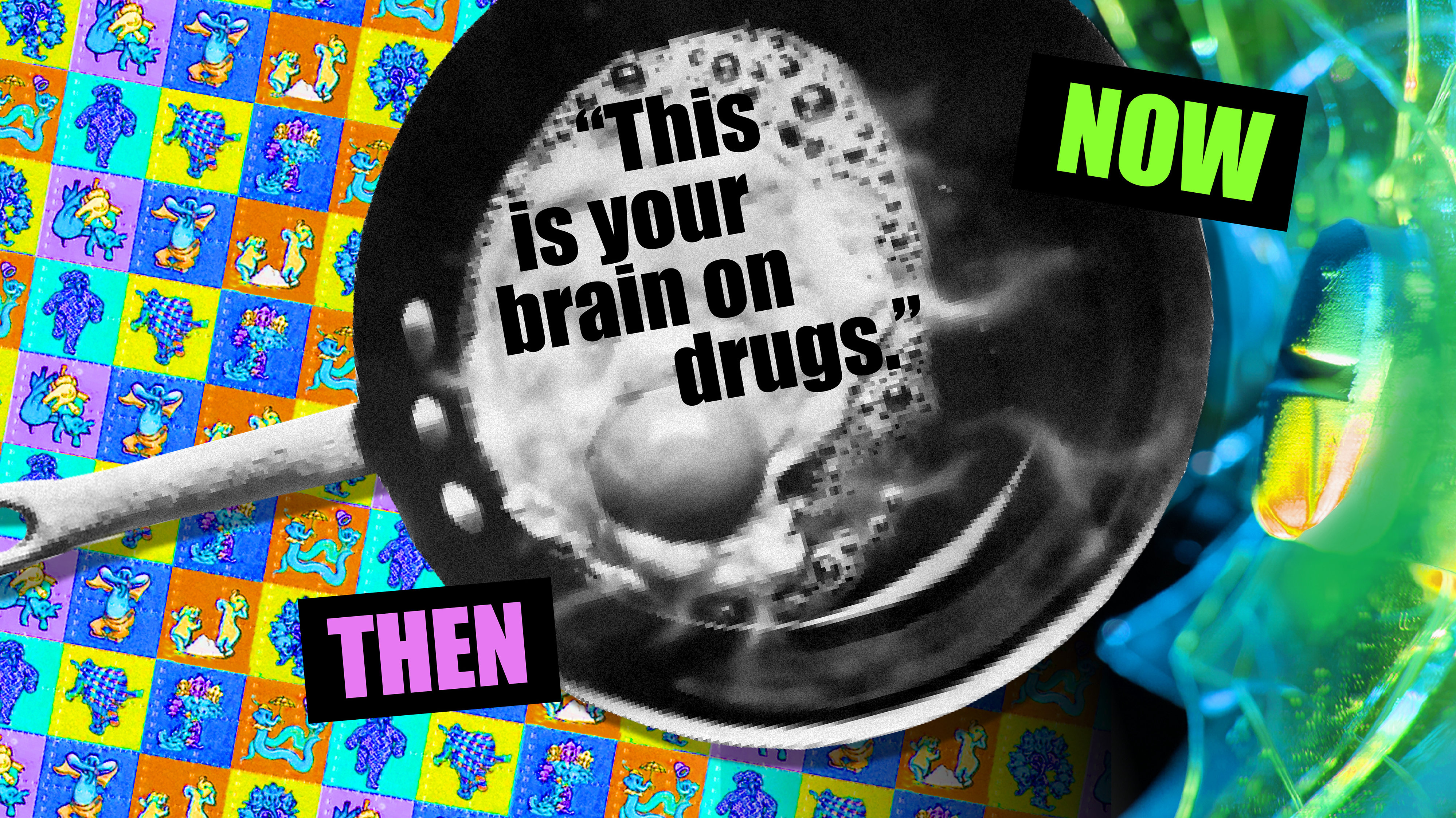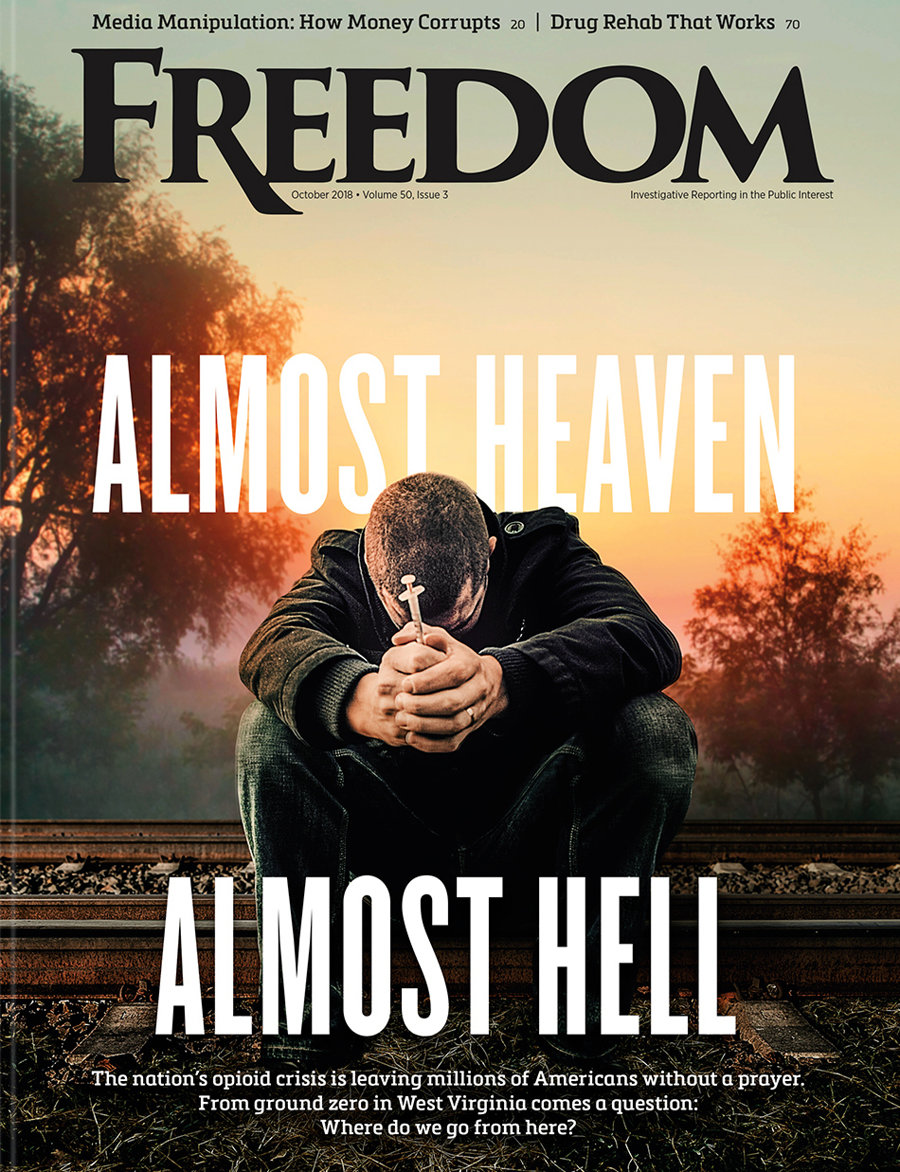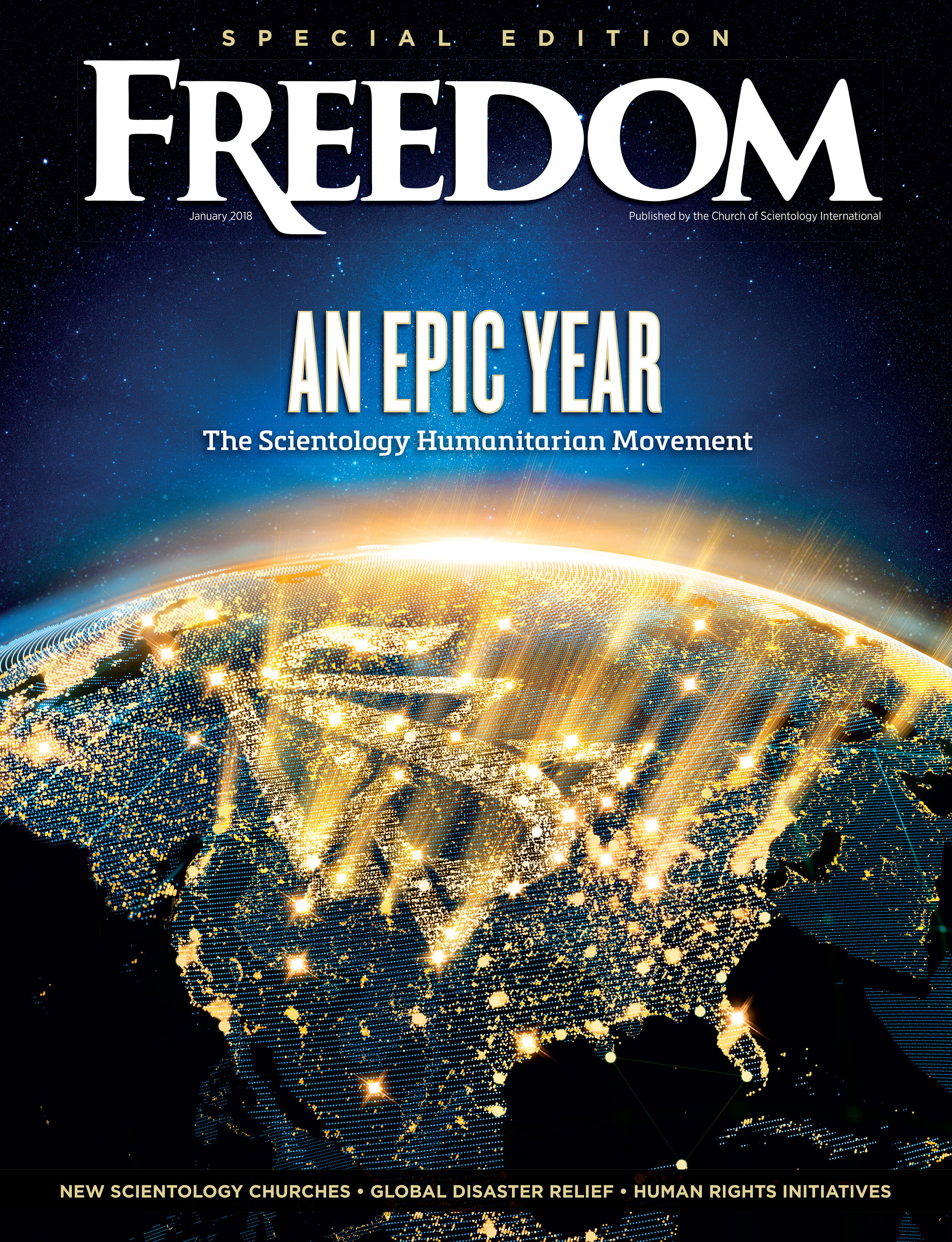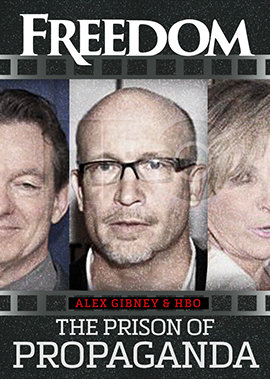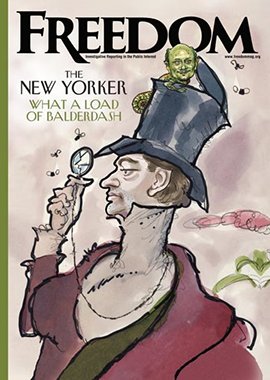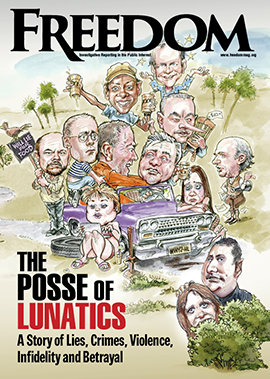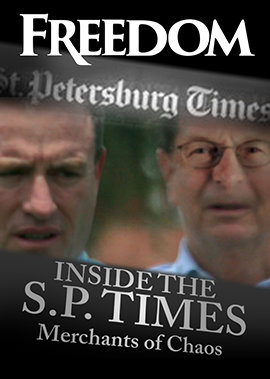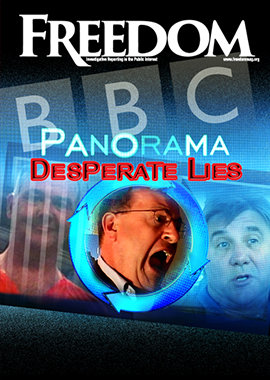The headline in the February 8, 2022, issue of Psychiatric Times read: “Psychedelics and the Future of Psychiatry.” According to the article, psychedelic compounds such as Ecstasy, psilocybin and LSD were potentially breakthrough treatments for depression and a variety of other mental problems.
In the 1960s, psychedelic drugs were equated with the youth counterculture and the mantra “tune in, turn on, drop out.” Many of those who indulged in hallucinogenic substances suffered ill effects physically and mentally that lasted for years. The side effects of taking LSD include flashbacks, seizures, psychosis, delusion, and violence. The murderous killing sprees of Charles Manson’s family were fueled by continual LSD trips.
In the last decade, there has been a concerted effort to undertake clinical trials to prove substances such as MDMA, psilocybin and LSD should be decriminalized for therapeutic use. In 2017, the annual number of trials went from three to six and by 2020 it had skyrocketed to 17.
Two generations later, hallucinogenic drugs are being touted as a solution to mental illness, despite the fact that such drugs are illegal in most countries, particularly the United States. In order to make this brave new world view reality, regulatory agencies such as the FDA would have to make a startling about-face and allow such drugs to be doled out as part of standard treatment regimens.
In the last decade, there has been a concerted effort to undertake clinical trials to prove substances such as MDMA, psilocybin and LSD should be decriminalized for therapeutic use. From 2010 to 2016, there were an average of three such clinical trials every year. In 2017, the annual number went to six and by 2020 it had skyrocketed to 17.
Those studies were backed by stories in the media which promoted mind altering drugs as the new future of mental health. A May 2018 Time magazine interview with author Michael Pollan pointed to the so-called benefits of everything from ingesting psilocybin to smoking toad venom.
The purpose of such promotion was to encourage the public and government regulatory agencies such as the FDA to accept illegal drugs as a new “treatment option.” Promoters seek to sell the idea that the public should no longer worry about the dangers of hallucinogenic drugs. Smaller doses of LSD or MDMA taken under the supervision of a therapist are touted as potentially providing a miracle mental health cure for everything from depression to PTSD.
A Multibillion-Dollar Drug Market
In 2020, the global mental health market was valued at slightly more than $383 billion. Current estimates predict that value could exceed $537 billion by 2030 with psychedelic drugs potentially adding $7 to $10 billion to the income potential. One market research agency placed the actual figure closer to $70 billion.
A 2014 study by the National Institute on Drug Abuse (NIDA) made it clear that hallucinogens such as LSD “can disrupt a person’s ability to think and communicate rationally, or even to recognize reality, sometimes resulting in bizarre or dangerous behavior.”
In contrast to the positive case studies from the pharmaceutical industry and the glowing public relations media hype, the majority of society still considers LSD and similar psychoactive drugs to be dangerous. Many still remember the image from public service announcements in 1987 that showed an egg bubbling in a frying pan as the audience was told: “This is your brain on drugs.”
That message is as relevant today as it was more than 30 years ago—as relevant as when LSD was first synthesized in 1938 by chemist Albert Hofmann. After accidentally absorbing a small amount of the drug, Hofmann hallucinated for two hours. One of the earliest uses proposed for the drug was to enable psychiatrists and others to temporarily experience insanity for themselves.
A 2014 study by the National Institute on Drug Abuse (NIDA) made it clear that hallucinogens such as LSD “can disrupt a person’s ability to think and communicate rationally, or even to recognize reality, sometimes resulting in bizarre or dangerous behavior.” Further: “Hallucinogens such as LSD and psilocybin cause emotions to swing wildly and real-world sensations to appear unreal, sometimes frightening.”
According to the Drug Enforcement Administration (DEA), LSD and peyote are considered Schedule I drugs which “have no currently accepted medical use and a high potential for abuse. Schedule I drugs are the most dangerous drugs of all the drug schedules with potentially severe psychological or physical dependence.”
Users frequently see images, hear sounds and feel sensations that do not exist. Those who take such drugs can suffer such long-term effects as respiratory problems, heart rate abnormalities and symptoms of withdrawal. Other effects include increased blood pressure, loss of appetite, flashbacks, extreme paranoia and disordered thinking that leaves an individual detached from reality.
The Drug Enforcement Administration (DEA) has a similar view of the dangers of psychedelics. According to the DEA, LSD and peyote are considered Schedule I drugs which “have no currently accepted medical use and a high potential for abuse. Schedule I drugs are the most dangerous drugs of all the drug schedules with potentially severe psychological or physical dependence.”
Psychedelic “Health Care”
The DEA may balk at allowing Schedule I drugs to be used as a mental health “treatment,” but that has not stopped drug companies from continuing to test substances such as ketamine, an illegal club drug, hallucinogenic mushrooms and LSD for such usages.
In April 2022, Citizens Commission on Human Rights (CCHR), the psychiatric watchdog organization founded by the Church of Scientology, reported that despite there being no FDA approval, ketamine was being used to treat depression. Ketamine “infusion therapy” costs between $300 and $2000 per treatment. From 2015 to 2018, the number of clinics providing such treatment increased from 60 to 300.
One company that opened its sixth ketamine clinic in 2021 generated $2 million in revenue in a single year. As one law firm put it, “there is no FDA regulation on point for the control and oversight of ketamine clinics, it’s ‘dealer’s choice’ on how the business is operated – including patient safety protocols.”
The federal government does not recognize a medical use for hallucinogenic drugs and routinely warns of their potential for abuse. Despite the known risks, private companies determined to market psychedelics to the public have called for legalization of such drugs.
Ketamine is not the only such drug to be put on the psychedelic fast track. In January 2022, The New York Times reported that many mind-altering “recreational drugs” were being studied as treatment for depression, substance abuse and other such disorders. According to the Times, Oregon was moving toward legalizing mushrooms. LSD was being used to treat pandemic-related anxiety and big business interests were pouring money into companies geared up to sell hallucinogenic drugs for medical purposes.
In 2018 and 2019, approximately $60 million was invested in psychedelic-focused companies.
Together with investment in the future of psychedelic drugs has come a concerted public relations effort to make the use of hallucinogenic drugs like psilocybin popular and accepted. One of the audiences for this message is mothers struggling with the day-to-day challenges of raising children, managing a family, and juggling a career. The answer? Regular microdosing of hallucinogenic drugs.
Microdosing was already on its way to becoming a trend in 2019 when an article in the magazine The Week pointed out that the day-to-day challenge of raising kids generally “isn’t fun most of the time for most people. We need to accept this—before rushing to hit up a dealer.”
The federal government does not recognize a medical use for hallucinogenic drugs and routinely warns of their potential for abuse. Despite the known risks, private companies determined to market psychedelics to the public have called for legalization of such drugs. In its January 2022 article, The New York Times warned that medically sanctioned psychedelics could create terrifying altered states of consciousness.
“You’re not likely to overdose on them, but you can have life-changing negative experiences,” drug policy researcher at Rice University in Texas, Katharine Neill Harris, told the Times.
In 2021, the National Institute of Health provided $4 million in research grants to determine if hallucinogenic drugs could be used to help people quit smoking. In April 2021, the potential market for medicalized psychedelic drugs was expected to reach more than $10 billion.
Concurrently, psychiatrists and their mental health consortiums have continued to advocate psychedelic drugs as effective therapy.
In his dystopian novel Brave New Word, Aldous Huxley envisioned a society where unwanted emotions were managed by a pill that smothered individuality and initiative—a chilling scenario that could become reality.
The public needs to demand an end to the testing of hallucinogenic drugs and an end to government funding for any programs advocating use of such drugs as a form of so-called “treatment” before it becomes too late for all of us.


